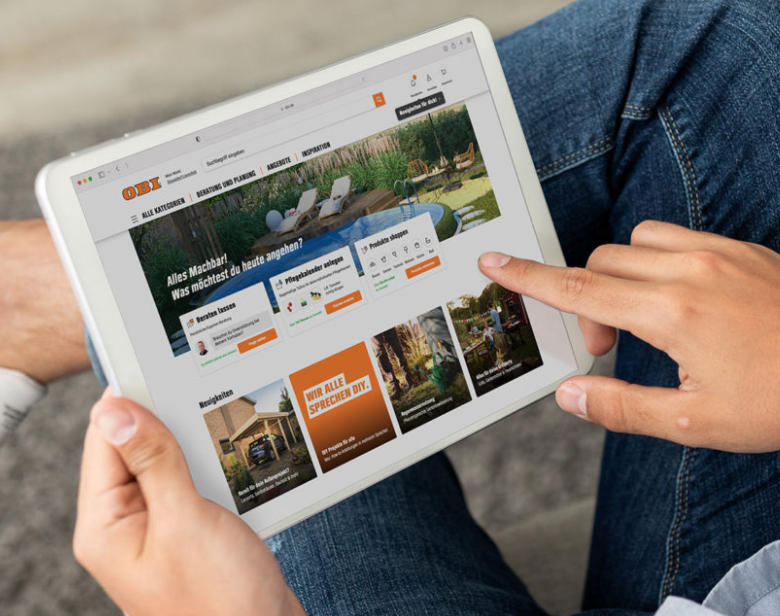With Amazon Prime day upon us, what are the mobile challenges that any retailer facing a peak should be expecting? We asked some of technologies biggest experts to talk us through what the mobile challenges might be.
John Beechen, Head of Managed Services, Salmon
“Nowadays, consumers are busy and not tied to desks, so it makes perfect sense that the majority of traffic for Amazon Prime Day would be mobile. Mobile experiences are now as seamless as desktop ones, and consumers expect to be able to buy online from any device.Mobile solutions such as stores or apps add another dimension to activities such as Prime Day for Amazon, with the most obvious benefit being that customers can access deals anytime, anywhere. As quick routes to purchase, screen real estate and data load are key. So where Amazon has been criticised for making deals hard to find during this event and in the past, with nearly 70% of traffic being made via mobile devices during seasonal events such as Prime Day, having a dedicated, easy to navigate app would pay dividends.
The comments from customers online on Amazon’s Prime Day show how demanding consumers are when it comes to website performance during peak periods. Ensuring a satisfying experience during sales when systems are under heavy load is a key requirement for online retailers now. It’s interesting to see that even incredibly le mature organisations like Amazon are not immune to system issues during busy times like this.”
Kevin Dallas, Chief Product and Marketing Officer, Worldpay
“Following the success of Prime Day 2015, Amazon faces increased pressure to provide an even better buying experience for consumers this year. As smartphones become the device of choice for shoppers, Amazon can expect to see more traffic via mobile today, and during major shopping occasions such as Black Friday and Cyber Monday.
The fact that Amazon has brought the promotion back for a second year is a strong indication of their satisfaction with last year’s results, having driven online sales and Prime memberships in what is traditionally a quiet time for online retailers. To ensure another bumper year, they must deliver a mobile experience that is up to customers’ standards. We’ve seen a proliferation of alternative payment methods that have raised the bar for convenience in mCommerce, and combined with clean design and timely push notifications with special deals, it is mobile that represents the biggest sales opportunity for Amazon this year. A seamless mobile user experience can make or break a sale, and with Amazon predicting Prime Day 2016 to be the “biggest” sale yet, every transaction will count.”
Paul Heywood, Managing Director and VP of EMEA, Dyn
“Amazon is no stranger to vast volumes of website traffic – with monthly visitors regularly clocking in at more than 200 million – yet sales during last year’s Amazon Prime Day managed to supersede even those of Black Friday 2014. This begs the question: what will Amazon be facing during Amazon Prime Day this year and what can other brands learn from how Amazon deals with traffic spikes to help their own businesses perform better year-round and during their own ‘Prime Days’?
With one in 20 Brits now using their mobile to buy products and services every single day, Amazon may be facing a huge leap in mobile users logging onto the site for Prime Day. Retailers have a huge opportunity to tap into the mobile market, but only if they are able to consistently deliver an excellent consumer experience online through mobile channels. Research by Dyn found that two thirds of Brits now expect the same quality and speed of performance on mobile as on their computers. Consumers want a trouble-free, efficient shopping and browsing experience: they expect to be able to make purchases or use services immediately and seamlessly, whether on a computer, on a mobile device or on-premises.
Retailers must have a well-executed technology strategy in place to monitor, control and optimise their online infrastructure at scale – to shoulder the load on both high volume days and as a best practice for normal business. This starts with clear insight into how to manage real-time traffic peaks, as consumers log in from around the globe via desktop or mobile device. The use of hybrid cloud and CDN (Content Delivery Network) technologies has proven a reliable methodology for scale and commercial leverage. However, real-time analytics and control of the infrastructure are the magic bullet. This can be achieved through traffic steering at the DNS (Domain Name System) or BGP (Border Gateway Protocol) level ensuring that traffic can be distributed across more than one cloud provider or CDN.”
Most companies will never come near Amazon’s peak traffic. But just because their cloud infrastructure doesn’t need to scale to the same size, it still needs to be configured in the same way to mitigate outages and vastly improve the digital experience for end users, across every end user device.”
Mark Denton, Head of Retail Propositions, BT Expedite
Amazon Prime Day is also set to influence shoppers using their mobiles to make purchases; the mobile introduces an ‘always-there’ capability for customers, which is of prime importance when trying to bag a bargain. No matter what time of day, it’s easy to now shop whenever and wherever the customer is – and customers are now used to getting what they purchase, quickly. For a customer, the time of day and location has no bearing on expectation. For a retailer, the challenge is to be able to meet the customers’ needs and expectations – not just running a super-efficient supply chain, supported by speedy delivery capabilities – but at a delivery cost they’ve grown to expect – free.
Use of mobile apps and capabilities opens up a new stream of customer metrics and analytics – this is the potential payoff for the heightened customer expectations.
Mobile can then play a key strategy in-store – a great way for customers to pay and self-serve but also as a link to in-store Wi-fi to allow automatic notifications to store staff of your arrival in store. The importance for mobile as the technical interface to the customer should be considered in any Omnichannel strategy and design.”








